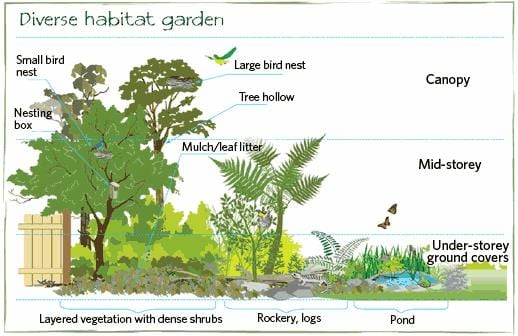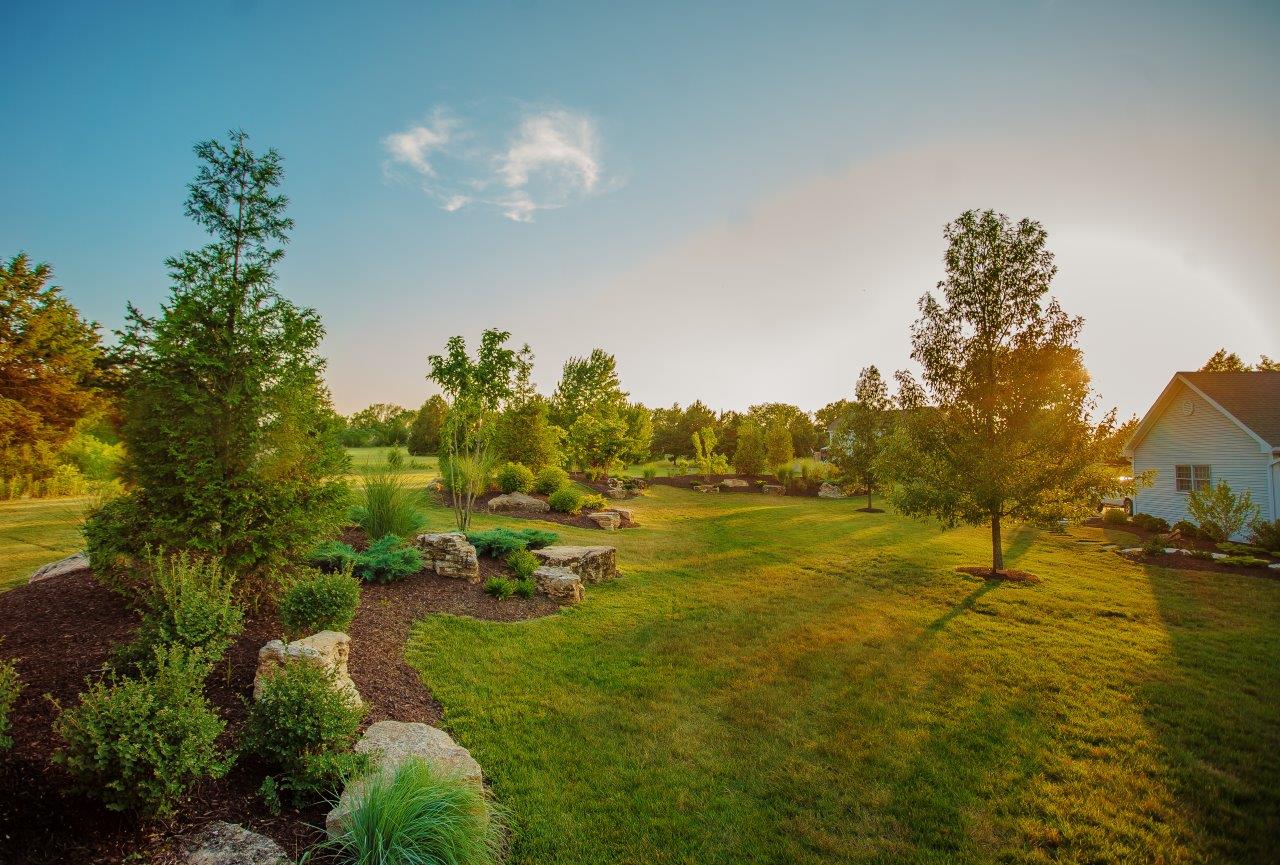Some Known Questions About Hilton Head Landscapes.
Some Known Questions About Hilton Head Landscapes.
Blog Article
The 2-Minute Rule for Hilton Head Landscapes
Table of ContentsHilton Head Landscapes - QuestionsWhat Does Hilton Head Landscapes Mean?Unknown Facts About Hilton Head LandscapesWhat Does Hilton Head Landscapes Mean?Little Known Facts About Hilton Head Landscapes.How Hilton Head Landscapes can Save You Time, Stress, and Money.Hilton Head Landscapes Things To Know Before You Get ThisHilton Head Landscapes - Truths
Type compatibility is additionally a significant part of unity in designone or two noticeably various kinds are good for comparison and focus, however normally all other forms must have some resemblances for a linked look. Appearance describes exactly how rugged or fine the surface area of the plant or hardscape product feels and/or looks.
Examples of plants with crude texture consist of philodendrons, agaves, bromeliads, hollies, palms, and hydrangeas. Attributes that create great texture include small foliage; thin, strappy fallen leaves (grasses) or tall, slim stems; tiny, thick twigs and little branches; long stems (creeping plants); and small, fragile blossoms.
Indicators on Hilton Head Landscapes You Should Know
Many plants are average appearance, because they can not be described as having either coarse or fine structure. They are identified by medium-sized fallen leaves with easy forms and smooth sides. The average-sized branches are not largely spaced neither extensively spaced, and the overall form is normally rounded or mounding. Medium-textured plants work as a history to web link and unify the coarse- and fine-textured plants.

To make a space feel smaller, place the coarse textures along the outer perimeter and the great textures closest to the audience. The detail of the coarse texture makes the plants appear closer and makes the space really feel smaller sized. The regarded appearance of plants can additionally alter with the distance from the plant.
The Ultimate Guide To Hilton Head Landscapes
Vibrant colors increase the comparison and make the structure appear coarser, while low-key colors can squash structure. Hardscape with a coarse texturesuch as really rough rocks and bold, huge timberstends to make all plant product appear more moderate textured. Developers often create a texture research (Figure 8) theoretically to assist decide the setup of plant materials.
Color in plant material and hardscape includes passion and variety to the landscape. Shade is the most obvious element in the landscape and is normally the emphasis of many house owners; however, it is likewise the most momentary component, typically lasting only a couple of weeks a year for individual plants.
How Hilton Head Landscapes can Save You Time, Stress, and Money.
An easy description of the color wheel includes the three main shades of red, blue, and yellow; the 3 second shades (a mix of 2 primaries) of eco-friendly, orange, and violet; and 6 tertiary shades (a mix of one nearby main and additional color), such as red-orange. Color theory explains the relationship of colors per various other and just how they need to be made use of in a structure.

Comparable (often called unified) color plans are any kind of 3 to 5 shades that are nearby on the shade wheel, such as red, red-orange, orange, yellow-orange, and yellow, or blue, blue-violet, and violet (Landscapers near me). The shades are relevant per various other due to the fact that they commonly consist of 2 primaries mixed to form a secondary and 2 tertiary shades, which suggests they share typical buildings
They often tend to have high comparison between them. The most common collections are violet and yellow, red and environment-friendly, and blue and orange. Corresponding colors are typically discovered naturally in blossoms; a typical pair is yellow and violet. Color is located in the blossoms, foliage, bark, and fruit of plants.
The Greatest Guide To Hilton Head Landscapes
Environment-friendly foliage in all its numerous shades is the leading color by quantity, but various other colors catch focus a lot more conveniently due to their high comparison to the shade environment-friendly. Color is also discovered in structures, rocks, pavers, wood, and furnishings. Most colors in all-natural materials, such as stone and wood, are commonly muted and often tend to be variants of brown, tan, and pale yellow.
Shade is a vital element for developing rate of interest and selection in the landscape. Colors have residential properties that can affect feelings, spatial perception, light quality, balance, and emphasis. One home of color is explained about temperaturecolors seem trendy or warm and can affect emotions or feelings. Cool colors tend to be calming and should be used in locations for leisure and tranquility.
Hilton Head Landscapes Can Be Fun For Anyone
The "temperature" of shades can also influence the understanding of distance. Cool shades tend to decline and are perceived as being further away, making a room feel bigger. Warm shades tend to breakthrough and are viewed as being more detailed, making an area really feel smaller. Shade can also be made use of to capture focus and direct sights.
Bright yellow, which has the greatest intensity, also has a high contrast with all other shades (typically defined as a "pop" of color) and must be used moderately. A small amount of extreme shade has as much visual weight as a big amount of an extra restrained or weak shade.
Analogous (often called harmonious) color systems are any kind of three to five colors that are surrounding on the shade wheel, such as red, red-orange, orange, yellow-orange, and yellow, or blue, blue-violet, and violet. The shades relate to every various other because they commonly include 2 primaries blended to develop a second and two tertiary shades, which suggests they share usual properties.
Hilton Head Landscapes Things To Know Before You Get This
They often tend to have high comparison between them. One of the most typical sets are violet and yellow, red and environment-friendly, and blue and orange. Complementary shades are typically found normally in flowers; a typical set is yellow and violet. Shade is located in the blossoms, foliage, bark, and fruit of plants.
Eco-friendly foliage in all its various tones is the leading shade by quantity, but other shades capture attention a lot more readily as a result of their high contrast to the color green - bluffton landscaping - https://triberr.com/h1tnhdlndscps. Shade is likewise found in structures, rocks, pavers, wood, and furniture. Most colors in natural products, such as stone and timber, are normally muted and have a tendency to be variations of brownish, tan, and light yellow
A Biased View of Hilton Head Landscapes
Shades have homes that can impact emotions, spatial understanding, light high quality, balance, and focus. Trendy colors tend to be relaxing and need to be made use of in locations for leisure and calmness.
The "temperature level" More Help of colors can also influence the assumption of distance. Cool shades tend to recede and are viewed as being further away, making a space really feel larger. Warm shades often tend to breakthrough and are perceived as being closer, making a space really feel smaller. Color can additionally be made use of to catch interest and direct sights.
Bright yellow, which has the highest possible strength, also has a high contrast with all various other colors (usually described as a "pop" of shade) and must be made use of sparingly. A tiny quantity of intense color has as much aesthetic weight as a large quantity of a much more controlled or weak color.
Report this page